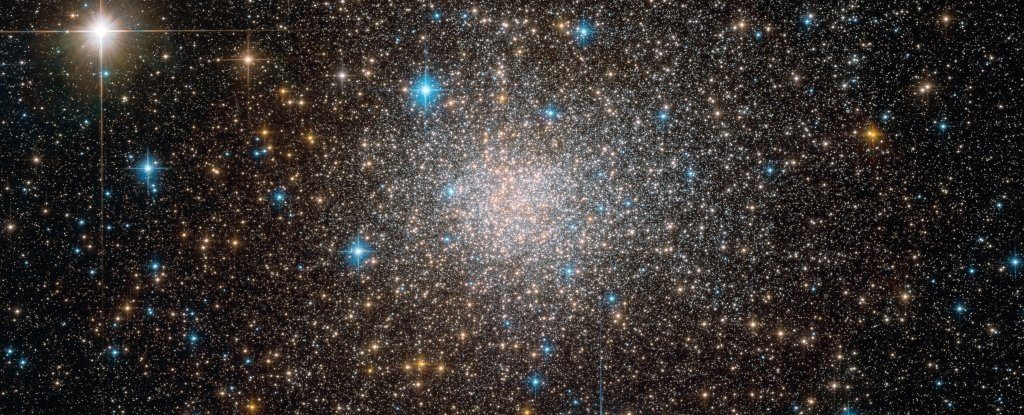Interest did some “wet science” for simply the second time ever.
NASA’s Curiosity Mars wanderer played out some uncommon science work as of late, at that point took somewhat of a break to take in the grim magnificence of its environment.
On Sept. 24, Curiosity led a “wet science” analyze for simply the second time regularly during its seven years on the Red Planet, dropping a bored example into an exceptional dissolvable that could enable the meanderer to distinguish carbon-containing natural particles.
The mission group made this stride since Curiosity is currently investigating a zone, named “Glen Etive,” that is plentiful in mud minerals. Dirts are great at protecting numerous substance mixes, and they’re likewise proof of the past presence of fluid water.
“We’ve been eager to find an area that would be compelling enough to do wet chemistry,” Paul Mahaffy, of NASA’s Goddard Space Flight Center in Greenbelt, Maryland, said in a statement. “Now that we’re in the clay-bearing unit, we’ve finally got it.”
Mahaffy is head agent of Curiosity’s Sample Analysis at Mars (SAM) instrument, which investigates the earth and bored shake powder that the six-wheeled meanderer gathers as it investigates the 96-mile-wide (154 kilometers) Gale Crater.
SAM has 74 cups to acknowledge these examples, the vast majority of which are kept dry and afterward heated in a smaller than normal broiler to perceive what gases bubble off. A minor nine cups are saved for the uncommon wet-science work, so the mission group has been very miserly in their utilization to date.
Interest had recently utilized a wet cup only once, in December 2016, soon after the wanderer’s shake drilling drill broke down. Crucial individuals didn’t know whether they would have been ready to fix the drill and do wet science later on, so they directed the analysis utilizing some free sand that Curiosity had gathered up, NASA authorities said.
The consequences of a month ago’s investigation won’t be known until one year from now, strategic individuals said.
“SAM’s data is extremely complex and takes time to interpret,” Mahaffy said. “But we’re all eager to see what we can learn from this new location, Glen Etive.”
Glen Etive, and the dirt bearing unit, are on the lower slants of Mount Sharp, the 3.4-mile-high (5.5 km) mountain that ascents from Gale’s middle. Interest arrived at the mountain’s base in September 2014 and has been ascending the development from that point forward. At the same time, the meanderer has been portraying the possibly tenable old condition and searching for pieces of information about Mars’ quite a while in the past progress from a warm and wet world to the chilly, dry desert planet we know today.
Some portion of Curiosity’s upward course is obvious in another selfie that NASA discharged a week ago. The image comprises of 57 sewed together pictures that the robot caught on Oct. 11 utilizing the Mars Hand Lens Imager (MAHLI), a camera mounted on the finish of Curiosity’s 7-foot-long (2.1 meters) mechanical arm.
For instance, around 1,000 feet (300 m) behind Curiosity are the dim forms of Vera Rubin Ridge, which the meanderer left about a year back. Furthermore, past the edge is Gale Crater’s floor, which, Curiosity found, once harbored an extensive lake-and-stream framework that could have bolstered Earth-like life in the antiquated past.
Disclaimer: The views, suggestions, and opinions expressed here are the sole responsibility of the experts. No journalist was involved in the writing and production of this article.



